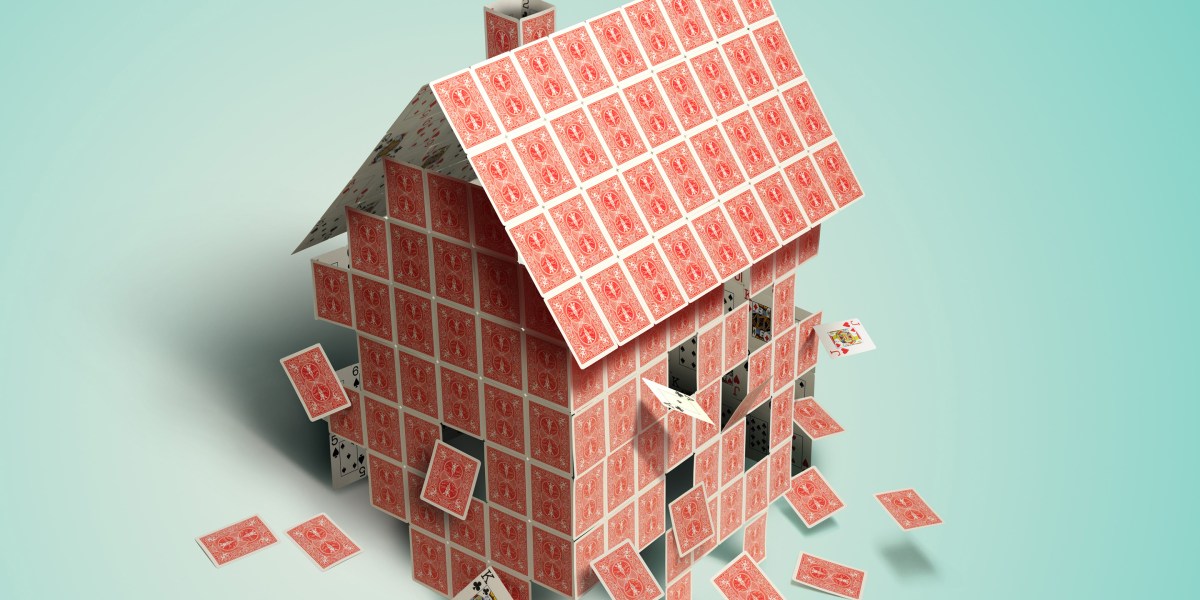It’s no secret that America is an increasingly polarized nation. It stands to follow that our places of residence would also be divided. But instead of a donkey and an elephant, the new emblems of each party might as well be an unowned apartment in a big city and a home in the suburbs. Just consider what Aziz Sunderji has stumbled onto.
For nearly three years, Sunderji has been writing Home Economics, a Substack that has morphed from a graphic meditation on personal finance issues to a specific housing focus. With almost 14 years as a Barclays analyst under his belt, along with a stint as a graphics reporter at the Wall Street Journal, Sunderji dives deep into data, and has become increasingly housing-oriented. For instance, he was published in the Financial Times in January 2023 with a stark warning: “Spare a thought for the American first-time homebuyer, for whom things have rarely looked so grim.” But grimness has shades.
As Sunderji recently explained in a post called “The politics of housing: owner/renter polarization,” he’s surprised by what he’s found after intensive analysis. “I had not imagined how much of a stark divide there is between renters and owners,” he told Fortune in an interview.
Sunderji’s analysis dove into data from the American National Election Studies (which surveys thousands of households) and found homeowners are twice as likely to identify themselves as strongly Republican than renters—and renters far more often identify themselves as strongly Democrat. And the gap between homeowners who identify as strongly Republican compared to renters amounts to roughly 14%, his recent analysis showed. In the dataset, there was a seven-point scale in which voters were asked to gauge their political affiliation, and “the most common response from renters is that they are strong Democrats and from homeowners, that they’re strong Republicans,” he told Fortune.


I think this follows in most nations that the less you have the more likely you are to lean towards the left side of you nations political spectrum. And the more you have the more likely you lean towards the right side. Home ownership is one part of that, a fairly big part given the state of home pricing these days.
Really it’s always been about the class struggle, of the have nots vs the haves, rich vs poor, bourgeois vs proletariat, whatever you want to call it. The US has just done a “better” job of muddying the waters and suffocating organized class warfare.
Mainly by instilling that you’re not really poor because you’re within reach of being a millionaire. The American dream. (Which you need to be asleep to believe in as Carlin put it.).
Though I’m not really holding my breath on people actually waking up to this reality and actually doing something about it. The Circus seems to suffice in the US, and any struggle and violence is directed between marginalized groups. People in declining rural areas “fighting” people from the worst parts of the cities. Middle class suburbians opposing the choices of other middle class suburbians that just want freedom of expression but that somehow limits the first group in ways they can’t even articulate when asked. It’s madness.